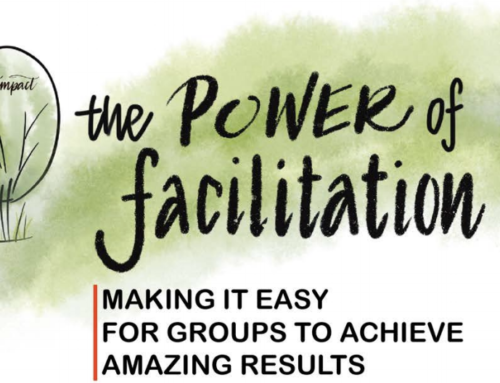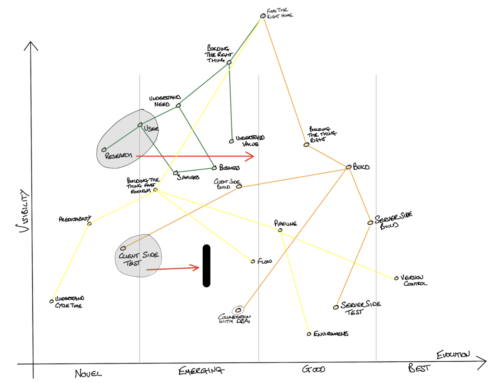Facilitation physical environment
Creating effective work spaces is a key role of a facilitator. Facilitation spaces should be purposeful:
Large enough to allow multiple uses such as plenary circles and small “break-out” sessions (always larger than you think you need!)
Flexible in size and resources (tables, chairs, screens, pin boards, whiteboards etc).
Human and positive in all aspects, not soul destroying caves in the basements of amazing locations.
Supported by appropriate resources: markers that work, whiteboards, flip charts, walls you can dry wipe on etc.
Designed as a whole: colours, art, music and objects to enable collaboration & creativity.
The following are my sketchnotes from the book by Rob Evans “The Collaboration Code” where he writes up on how to prepare and frame the space for working collaboratively. They were drawn pretty quickly for my own learning purposes, but I thought they would be useful to others:












Leave A Comment